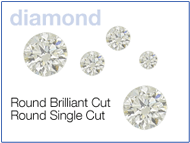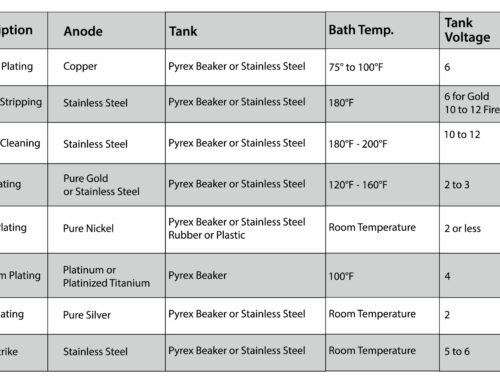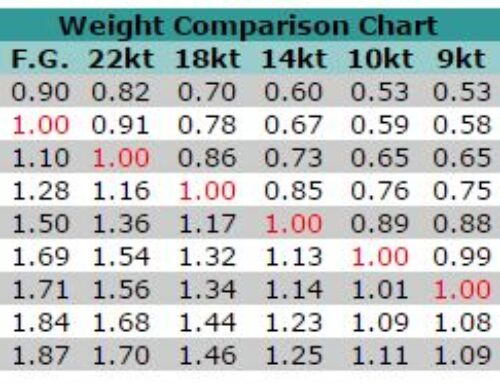Round Shape Diamond:
In the artistic language of every culture, the circle speaks of harmony and balance. In the language of love, the circle says “forever.” Little wonder, then, that the brilliant round-cut diamond will always be the most-chosen shape. The round-cut diamond exceeds all other shapes in exuding brilliance and fire. Creating the brilliant round-cut demands surrender for the sake of beauty. More rough is lost cutting and polishing a round diamond than any other shape.
Whatever Your Fancy:
Any diamond shape other than a round-cut is called fancy. To many diamond lovers, fancy-shape stones are a breath of fresh air. Compared to round-cuts, fancy-shape diamonds retain more weight in the cutting and polishing processes. In determining which shapes to cut, diamond cutters consider market demand and the characteristics of each diamond in the rough.
Pear Shape Diamond:
The pear-cut, or drop-cut, is a fluid shape that resembles a drop of water. A pear-cut is really a hybrid of the brilliant round-cut and marquise-cuts. Some of the largest diamonds ever mined have been shape into pear-cuts. Some pear-cuts are elongated; others are wider in appearance.
Marquise Shape Diamond:
Elongated rough diamonds are typically cut into the marquise shape, which is twice as long as it is wide and has pointed ends. According to legend, this cut was first commissioned by France’s Louis XIV, the Sun King, who was inspired by the Marquise de Pompadour’s smile. Thanks to its origin, it is considered a royal-shape diamond. Because of its boat-like form and pointy ends, the marquise-cut is difficult to produce.
Oval Shape Diamond:
Introduced in the 1960s, the oval is a stretched round brilliant-cut that can radiate tremendous brilliance and fire. Classical and elegant, oval-cut diamonds give a flattering illusion of length to the finger of the wearer. Oval shapes are longer than equal-weight round diamonds, resulting in more size per carat weight.
Princess Shape Diamond:
Developed in the United States in 1980, the princess-cut diamond is square with 90-degree-angled corners. Very little rough weight is lost in the polishing of this cut. In fact, almost 62 percent of the rough is retained. Because of the method of polishing, inclusions are more difficult to see in the princess than in any other square-cut. The square shape of the fiery princess is equally appealing in traditional, retro, or contemporary settings.
Emerald Shape Diamond:
Emerald-cut diamonds are fashioned after the way the actual emerald gemstone is cut and are typically shorter in length than a proper rectangle. This cut produces less brilliance and light refraction than others. The number of facets in emerald-cut stones can vary according to the preference of the diamond cutter. Because inclusions in an emerald-cut are easily visible, the stone’s clarity is particularly important. In spite of these special considerations, emerald-cut diamonds convey a timeless elegance that puts them in the classical realm of diamond shapes.
Radiant Shape Diamond:
A stunning shape that combines the brilliance of a round-cut with the elegance of an emerald-cut, the radiant was introduced some 20 years ago. The radiant-cut is usually square or nearly square. Comprised of 70 facets – more facets than round brilliant-cut – radiants can show considerable brilliance. Radiant-cuts are often used for fancy-color diamonds, as the shape brings out color.
Trillion, Triangular Shape Diamond:
Cut like its name suggests, trillions are most beautiful when polished with brilliant facets as opposed to step-cut facets. Diamond cutters in Amsterdam developed this shape in the 1970s. The sides of the trillion can be straight or round, depending on the cutter’s preference. Some cutters round the stone’s corners; others make the corners pointed. With no universally accepted method of cutting, the shape of each trillion is determined by the diamond’s natural characteristics and the diamond cutter’s technique.
Asscher Shape Diamond:
Named after its inventor, the legendary diamond cutter Joseph Asscher, this cut was introduced in 1902. Often called simply “Asschers,” diamonds of this cut are square or rectangular with angled corners. When looking directly into a well-cut Asscher, one can see an illusion likened to a hallway of reflecting mirrors. New cutting techniques are yielding Asschers of stunning brilliance. Sparkle and art deco allure make Asscher-cut diamonds extremely popular in today’s market.
Heart Shape Diamond:
This shape’s name says it all: heart, the universal symbol of love. The heart-shape diamond is actually a pear-cut with two rounded edges instead of one. A beautifully executed heart-cut is challenging to create and is thus a true testimony to the diamond cutter’s skill.
Cushion Shape Diamond:
The cushion – a square shape with rounded corners and sides – has remained virtually unchanged since diamond cutters introduced it in 1830. The cushion-cut is an Old Mine-cut enhanced with modern cutting technologies and additional facets. Because of its antique appearance, the cushion-cut is often used in vintage-look jewelry. As a result, demand for the cushion-cut has grown considerably in recent years.
Baguette Shape Diamond:
This cut is polished into a rectangular shape with two rows of step-cut facets. Baguettes vary in shape and proportion and are therefore classified by measurement more often than by weight. Some baguettes are cut with even-length sides; others taper on one side.






Leave A Comment